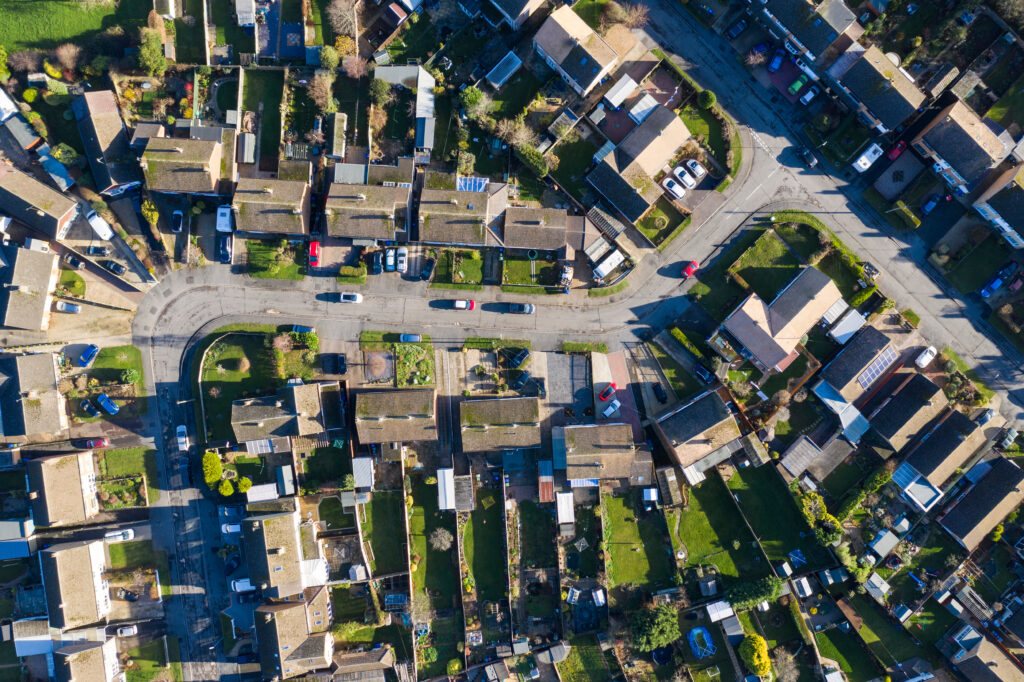Going into 2022, the real estate investing market looked like gold. Virtually every sector of the market was on fire. Fix-and-flip investing was competitive as investors snapped up properties all over the country and resold them for massive gains. Ground-up construction was booming. Even rental properties were hot as the price of homes drove some would-be homebuyers out of the market. Both single-family and multifamily rental properties provided investors with excellent opportunities. In fact, single-family rentals were so hot there was a build-to-rent boom in effect.
A lot has changed since then.
For starters, inflation drove the Fed to tinker with interest rates, beginning in March. By July, the Fed had raised rates four times. The market reaction was drastic.
Right away, home prices began to fall. The yield curve inverted and news outlets began referring to it as a housing recession when home sales declined for the sixth straight month. Yet, none of that has hurt the rental market. In fact, it could be helping it. Keep reading to see where the single-family and multi-family rental markets are at today.

Two Rental Property Strategies for Today’s Real Estate Market
The Joint Center for Housing Studies at Harvard University conducted a study on housing affordability in January 2021 and concluded that a quarter of renters in the U.S. were spending at least half their income on rent each month. “Rent eats first” is a financial principle that says the first bill renters pay every month is the rent, and it’s true no matter how high the rent goes. That often leaves little money on the table for other expenses.
Just as at the beginning of the year, there is a housing shortage and high demand among potential home buyers. However, what has changed since January is that home prices are falling while rents are rising. This dynamic is impacting investor decisions.
For instance, few investors will commit to a fix-and-flip strategy when they know house prices are in decline and interest rates are on the rise. If they profit, the margin will be razor thin, but it’s likely that falling prices will eat the profits. Rising interest rates make it difficult to sell. Therefore, investors pivot to a buy-and-hold strategy. That means rental properties heat up as fix-and-flip investing cools down.
There is another strategy that works in that environment, as well. It’s called Buy, Rehab, Rent, Refinance, and Repeat (BRRRR).
Under the BRRRR method, investors look for distressed properties to buy at wholesale prices, financing the purchase and future rehabilitation costs through hard money or private money loan. Then they rehab them. Next, they rent the property at current rental market prices. After finding a tenant for the property, the investor refinances the property extracting the equity from the original loan and using that equity to purchase another property to repeat the process.
Since property prices are falling and rents are rising, this method works as a great investment strategy because investors can find cheaper properties on subsequent deals and charge higher rents during the rental phase of the process. Managed properly, the investor has a continuous supply of cash flow. This strategy can be used for both single-family rental properties and multifamily rentals. Savvy investors use it to move up to larger properties as they earn greater incomes from earlier investments.
How Long Will This Rental Market Heaven Last?
Rents are rising across the country. One teacher in Scottsdale, Arizona said her rent went up $350. A single mother in South Jordan, Utah is paying $2,300 a month. One landlord in West Virginia switched to month-to-month leases before raising rents on tenants. A small studio apartment in Manhattan will rent for $3,300 a month.
The story is the same in Florida, Texas, Pennsylvania, and every state in the union. Bad news for tenants is good news for landlords.
Annual rent inflation is 6.7 percent, the highest in 40 years.
In May, the median asking rent in the U.S. topped $2,000 for the first time ever. A story by Derek Thompson in The Atlantic chalks up this huge increase to supply and demand, and experts are saying this surge in rent inflation is likely to continue.
The pandemic put a strain on the economy. That’s not news to anyone who lived through it. But what might not be readily visible—unless you’re really paying attention—is what caused this surge in rental demand. During the pandemic, families huddled together in households. Coming out of the pandemic, young singles sprung for their own abodes. Economists call this “household composition.” It’s how many members make up a household. Suddenly, there are more households in the rental market, but they’re smaller. It’s driving a spike in rents.
At the same young singles, who traditionally are renters, began looking for their own places to live, and young families began looking for homes. Unable to buy, they were forced to rent.
Thompson throws one other kink into the economic garden hose. The Fed’s interest rate hikes. Rising interest rates discourage construction, he says. That means fewer new houses on the market, at a time when there is high demand, and that means more people seeking rental homes and higher rents as landlords reap the harvest. The long and the short of it is that the rental market, both single-family and multifamily, is likely to be a hot sector for the foreseeable future.

4 Reasons Rent Demand is Rising
U.S. News lists four reasons for high rental demand.
- Migration to smaller metro areas
- Post-pandemic increase in immigration
- Higher home prices
- Low rental housing supply
Sharestates’ own data reinforces these dynamics. It isn’t just one of them driving rents. It’s all of them working together. And many renters who could afford their rent before the pandemic are suddenly finding themselves unable to afford their rent. A StreetEasy blog post shows where rents are rising the fastest in New York City.
Manhattan saw a 20 percent increase in one month. Rents are growing more slowly in Brooklyn.
Where do large metro renters go when they can’t afford their rent anymore? They’re migrating to smaller cities where the rents are lower. And it doesn’t matter that rents are rising there too. They’re still affordable. For now.
The bottom line on the rental market in the U.S.: Landlords and property owners are the beneficiaries due to high demand. Pick your strategy and take advantage of this historic opportunity.


